Puran Poli is an ancient recipe that endures in modern cuisine & loved by all on various auspicious occasions. It is one of the most popular & famous Flatbreads from the Indian Subcontinent, prepared on various festive occasions. This flatbread is simple to prepare & has a sweet taste. The ingredients used in its preparations are Wheat flour, Soaked chana dal paste & jaggery flavoured with nutmeg or cinnamon – ingredients may vary in different regions.
Thanks to Rikita Vora for giving this historical information about this famous Indian Flat Bread. So, explore the story of the most iconic and historical flatbread of the Indian Subcontinent.
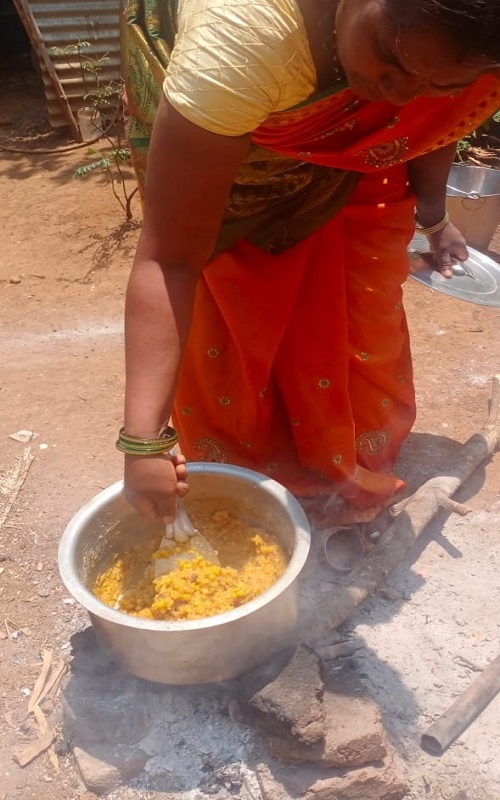
Puran Poli-A Historical Culinary Delight
Puran Poli has more than thousands of years old history & mentioned in various old scripts. In Sanskrit Script – Manasollasa – that script composed in the 12th century by Kalyani Chalukya King Someshwara III, who ruled Karnataka, mentioned the reference to this historical dish. The Food Historian Mr K. T Achaya mentioned the same in his book, ‘The Story Of Our Food‘ on pages 85-86.
In the 13th century, The Dyaneshwari – written by Shri Dyaneshwar, mentioned Puran Poli in their scripts.
In the 14th century, the Telugu encyclopedia, Manucharitra, written by Allasani Peddan, also mentioned the existence of Puran Poli as Bakasham. In the 16th century, an Ayurvedic script Bhavaprakash (Ancient Ayurvedic Text), written by Bhav Mishra Ji, explains the Ayurvedic benefit of Puran Poli. One more Ayurvedic book, Bheshjya Rantawali – written by Govinddas Ji, also explains the Ayurvedic preparation of Puran Poli.
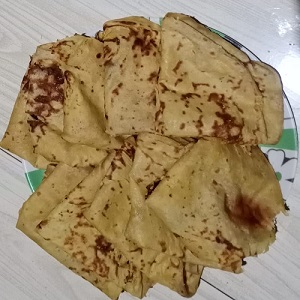
This dish is famous by different names in various parts of India
- Maharashtra (Maharashtrian) calls it Puran Poli.
- Maharashtra Konkani - Called Ubbatti or Poli.
- Gujarati - Puran Puri (Gaydi Rotli) and Vedmi.
- Telugu - Bobbattlu or Baksham or oliga.
- Karnataka - It is called Obbattu/ Holige.
- Malayalam - It is famous as Payasabolli or Bolli.
- Tamil- It is known as Uppittu.
Methods and ingredients to prepare the Holige may differ for each state, resulting in a memorable taste.
Variations of Puran Poli in Different States
Puran Poli- Maharashtra
We make Puran Poli on almost every Marathi occasion, especially Holi and Gudi Padwa. The variation served with this sweet dish is & Katachi Amti & Shrikhand. Katachi Amti is a tangy, spicy, soupy curry. This speciality is to cook from the same water in which chana daal is soaked and boiled.
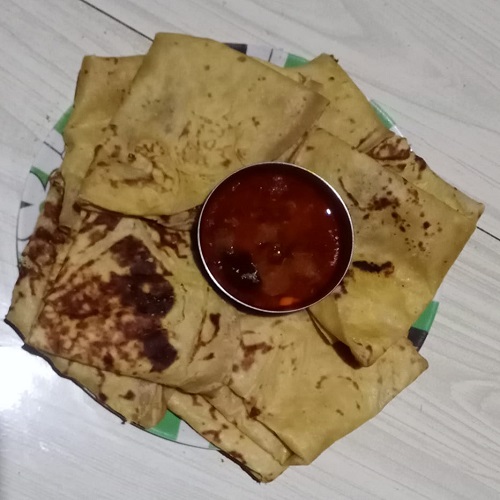
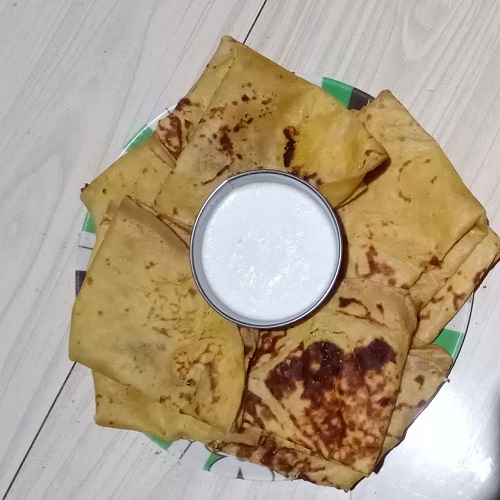
Bobbatlu- Rava Bobbattu
In Andhra Pradesh, this sweet dish is called Bobbattu, prepared on various auspicious occasions. In the southwestern part of Andhra Pradesh, it is called Poli. In the Northeast of Andhra Pradesh, people call it Obbattu. Rava Bobbattu is a specialised variation in this particular region.
Holige -In Karnataka
It is a special dish prepared during the occasion of Yugadi/Ugadi, & various other festivals such as Satya Narayan Pooja. While serving, lots of Desi ghee (Clarified Butter) is applied on top. The variations in Puran include coconut (Kayi Holige/ Thengai Poli) and sugar instead of jaggery.
Vedmi- Gaydi Rotli in Gujarat
In Gujarati households, to prepare Puran Poli – Toor daal is also used for stuffing & prepared during Holi and Diwali festivals.
In Kerala And Tamil Nadu
It is prepared on the cultural Meal known as Sadya, where this flatbread is eaten with payasam. Kadambur Opputtu and Trivandrum Boli are two types in Kerala.
A Tasty Heritage Dish for Indian Festivals
In celebration of Indian cultural festivals, Puran Poli is one of the famous sweet dishes.
During the era of Chattrapati Shivaji Maharaj, the Marathas, Puran Poli being the essential sweet dish, was prepared during the celebration of the Shimga festival (Shimga or Shimgo is a spring festival celebrated in Goa & Coastal belt of Maharashtra by the Konkani community. Holi – the festival of colours is also a part of this festival).
The other form of Poli is Tel Poli, made with a little twist. Its made during the festival of Shimga, a Holi-like festival famous in the Konkan region, celebrated for 4-5 days.
The uniqueness of Tel Poli is that the batter used is Miada, whereas in Puran Poli, wheat flour or Maida can be used. A large amount of oil is used in preparation for Tel Poli. The uniqueness of Tel Poli is its soft texture and thinness. To roll Tel Poli, a thin metal sheet is used, which makes
it easy to spread the Puran all over the bread and make it very thin. It can be preserved for 10-12 days.
Healthy Ingredients of Puran Poli- Chana Daal & Jaggery
What makes this sweet dish so nutritious and healthy? Let’s know about it a little deeper. The initial ingredients of Puran Poli, as mentioned earlier in the blog, are Wheat bread, Bengal gram (Chickpeas) and jaggery. Wheat bread is basic Indian Roti (Chapati). Chana daal – known as chickpea or Bengal Gram is a good source of protein. Jaggery is a great source of sweetness with health benefits.
Chana daal – an ancient gram found centuries ago. There is a reference to the Bengal gram in Vishnu Purana and Markandeya Purana.
Chana Daal is beneficial for health in numerous ways as
- High in protein and folic acid.
- Rich antioxidants
- Safe for Diabetics
- High in fibre
- Helps manage cholesterol levels and blood pressure.
Jaggery health benefits
- Helps in digestion / high in potassium
- Helps prevent Anemia
- Great source of sweet instead of sugar
- Manages acidity
- Helps with respiratory issues and maintains Blood pressure,
Chana Daal and jaggery are rich in health benefits. People prepare them on Indian occasions to celebrate the festival. Good food brings Good health. The core motive for celebrating any festival is to bring positivity and prosperity.
So if you’re in the mood for something sweet, Puran Poli is the perfect treat, Indulge in its delicious flavour, And savour it with every flavorful layer. Get connected with Indian Food Therapy for more information. Check some of the Indian flatbread recipes.
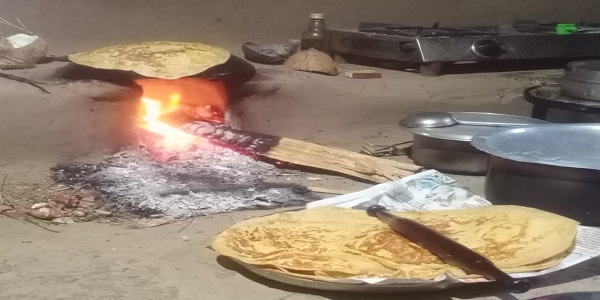
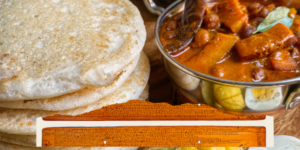

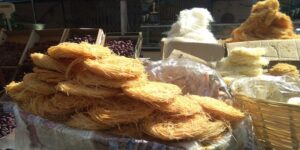
It’s my favourite dish still I wasn’t aware about so much of facts and detailed information about the dish.
Thankyou Rikita Vora for such content.